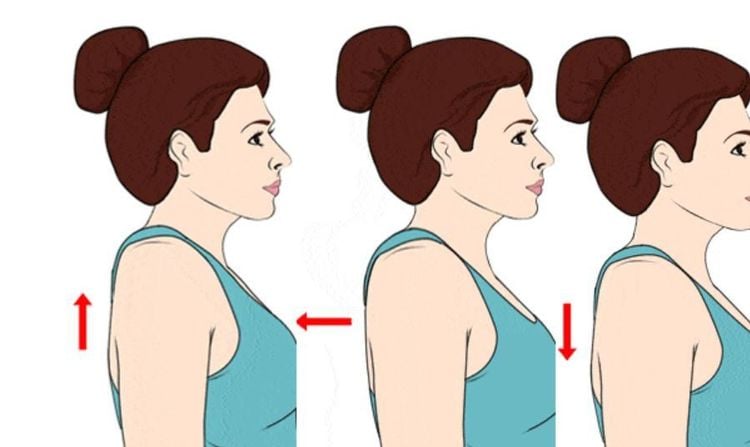Shrugging is a popular exercise for strengthening the shoulders and upper arms. Additionally, it can help relieve chronic neck pain. The shrugging exercise can be performed anywhere and takes only a few minutes to complete. However, it’s essential to perform the exercise correctly to achieve the best results.
1. Benefits of shrugging exercises
Shrugging is a common workout that helps enhance the strength of the shoulders and upper arms. The primary muscles targeted by this exercise are the trapezius muscles. These muscles are located on both sides of your neck. They control the movements of the shoulder blades as well as the upper back and neck. Through shrugging exercises, the trapezius muscles become firmer, pulling the shoulders back and stabilizing the neck and upper back. Daily movements such as lifting, stretching, bending, and even sitting will become more effective and safer when your trapezius muscles are strong and healthy. Moreover, well-functioning shoulder muscles can enable you to perform more intense workouts, such as weightlifting.
Additionally, shrugging exercises are effective for alleviating chronic neck pain. Researchers have conducted studies on patients with neck pain and found that strengthening exercises targeting the neck and shoulder areas can significantly reduce neck pain. A 2011 study involving 537 participants in Denmark revealed that workers suffering from work-related neck pain experienced remarkable relief by performing strengthening exercises like weighted shrugs.
2. How to perform shrugging exercises
Shrugging exercises offer numerous benefits for the muscles in the shoulders, neck, and upper back. This is especially valuable for office workers, who often spend long hours leaning their necks forward, slumping their shoulders, and focusing their eyes on a screen. Over time, this posture can significantly affect the muscles in the neck and shoulders. Therefore, exercises like shrugging can effectively relieve tension in the neck, shoulders, and upper back. Shrugging movements can be done anywhere and require just a few minutes of practice.
Steps to perform shrugging exercises safely and effectively:
- Begin in a standing position with your feet flat on the ground and shoulder-width apart.
- Extend your arms straight down on both sides of your body, with your palms facing each other.
- Keep your chin facing straight ahead and your neck aligned.
- Inhale while simultaneously raising your shoulders as high as possible toward your ears.
- Perform this movement slowly to feel the resistance in your muscles.
- Lower your shoulders back down and exhale before repeating the movement.

Set a goal to repeat the exercise 3 to 10 times consecutively. You can increase the number of repetitions as your shoulder strength improves. Over time, aim to perform 3 sets daily, with each set comprising 20 repetitions. Additionally, you can incorporate dumbbells into your shrugging exercises to enhance the strength-building effects.
For beginners, it is advisable to start with lighter weights, such as 5 or 8 pounds, which are sufficiently heavy to strengthen the trapezius and upper back muscles. Once you become accustomed to the exercise, perform it several times a week and gradually increase the weight to 15, 20, 25 pounds, or more.
In conclusion, shrugging is a popular exercise for strengthening the shoulders and upper arms. It can also help alleviate chronic neck pain. The shrugging exercise is simple and can be done anywhere, requiring only a few minutes of practice. However, to maximize its benefits, it’s important to follow the proper steps and avoid rolling the shoulders while shrugging—especially when using weights. For patients with neck pain, it is crucial to perform the exercise under the guidance of a physical therapist to avoid exacerbating injuries or nerve compression.
Please dial HOTLINE for more information or register for an appointment HERE. Download MyVinmec app to make appointments faster and to manage your bookings easily.
Reference source: healthline.com












